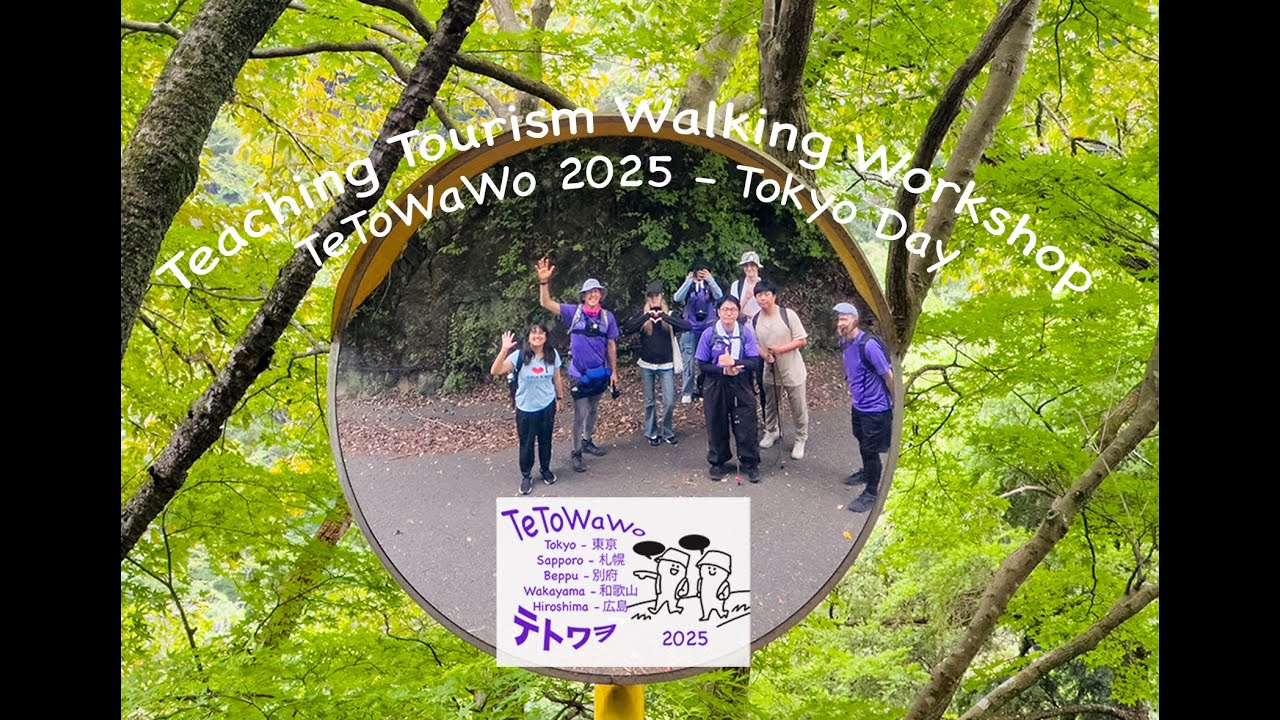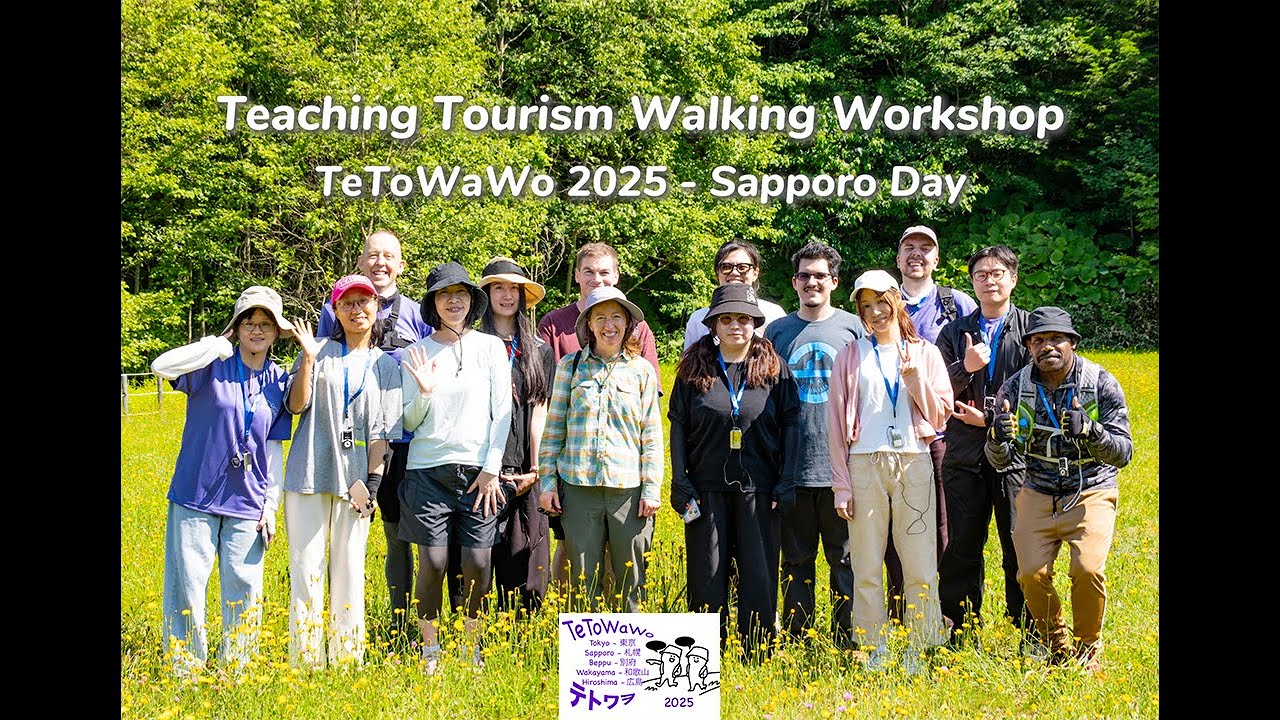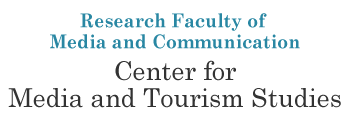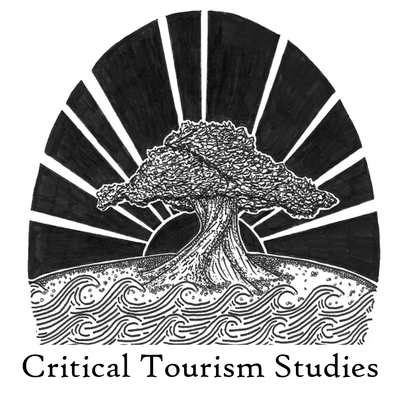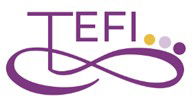TeToWaCo2024 was held in Sapporo, Hokkaido, from August 30th to September 1st, 2024. Click "Read More" to find information about the event.
Read MoreTeaching Tourism Walking Workshop-
TeToWaWo 2025
June-November, 2025
Sapporo, Tokyo, Beppu, Wakayama, Hiroshima
ABOUT
The Teaching Tourism Walking Workshop (TeToWaWo) is a series of one-day walking workshops that will be held in various parts of Japan in 2025. Each workshop is intended for ‘local’ participants and will repeat the same theme in different places. Their focus is on exploring multimodal activities and assessments used in Japanese learning environments. The workshops offer participants immersive and embodied experiences where sharing of good practices takes centre stage.
TeToWaWo follows in the footsteps of TeToWaCo 2024 (held in Sapporo) which focussed on values-based tourism education, emphasising the importance of personal growth amongst learners in higher education. The conference last year introduced also the importance of incorporating ways for learners to develop their multiliteracies through innovative educational environments. These are topics that we now plan to expand upon – asking participants to share and reflect upon both successful and unsuccessful attempts at breaking away from a teacher focused classroom style, to more actively engaged learning events.
TeToWaWo follows in the footsteps of TeToWaCo 2024 (held in Sapporo) which focussed on values-based tourism education, emphasising the importance of personal growth amongst learners in higher education. The conference last year introduced also the importance of incorporating ways for learners to develop their multiliteracies through innovative educational environments. These are topics that we now plan to expand upon – asking participants to share and reflect upon both successful and unsuccessful attempts at breaking away from a teacher focused classroom style, to more actively engaged learning events.
TeToWaWo2025
Themes
Click here to check out a video introducing TeToWaWo2025, multimodal activities, and multiliteracies! These workshops have the word ‘Tourism’ at the front, and we realised last year that this is both a blessing and a curse. Whereas the organisers all come from the fields of tourism, hospitality and events education, the learning activities and assessments are equally applicable in any other field. The curse is that the word ‘tourism’ might turn away a colleague who teaches in a different faculty as they might imagine that the workshop has nothing to do with their practices. – Nothing is further from reality. – We all learn from one another, regardless of what field we represent (exemplified by colleagues representing literature, linguistics, archaeology, and indigenous studies amongst others last year). It is also a blessing as tourism is a common nominator that is easy to perceive as a metaphor for society – regardless of what we teach, we can use tourism as an applied field to make the concepts we want to impart to our students come alive.
These workshops have the word ‘Tourism’ at the front, and we realised last year that this is both a blessing and a curse. Whereas the organisers all come from the fields of tourism, hospitality and events education, the learning activities and assessments are equally applicable in any other field. The curse is that the word ‘tourism’ might turn away a colleague who teaches in a different faculty as they might imagine that the workshop has nothing to do with their practices. – Nothing is further from reality. – We all learn from one another, regardless of what field we represent (exemplified by colleagues representing literature, linguistics, archaeology, and indigenous studies amongst others last year). It is also a blessing as tourism is a common nominator that is easy to perceive as a metaphor for society – regardless of what we teach, we can use tourism as an applied field to make the concepts we want to impart to our students come alive.
This year we want to hear about both successful and unsuccessful attempts at ‘breaking away’ from a teacher-focused learning environment. These can be:
*Are you wondering about what multimodality and multiliteracies refer to? If you are, then you can see an explanation in Johan’s submission to the previous conference which you can find here.

This year we want to hear about both successful and unsuccessful attempts at ‘breaking away’ from a teacher-focused learning environment. These can be:
- Successful multimodal* activities or assessments inside or outside of classrooms
- Unsuccessful multimodal activities or assessments inside or outside of classrooms
- Examples of activities or assessments fostering critical multiliteracies* amongst learners
- Practical challenges with attempts at creating active learning environments.
- Reflections on institutional resistance or hurdles to non-teacher-focused learning environments
- Reflections on student resistance or hurdles to active learning environments
- Successful and unsuccessful incorporation of local community or organisation ‘problems’ in learning environments.
*Are you wondering about what multimodality and multiliteracies refer to? If you are, then you can see an explanation in Johan’s submission to the previous conference which you can find here.
Workshop format and participants
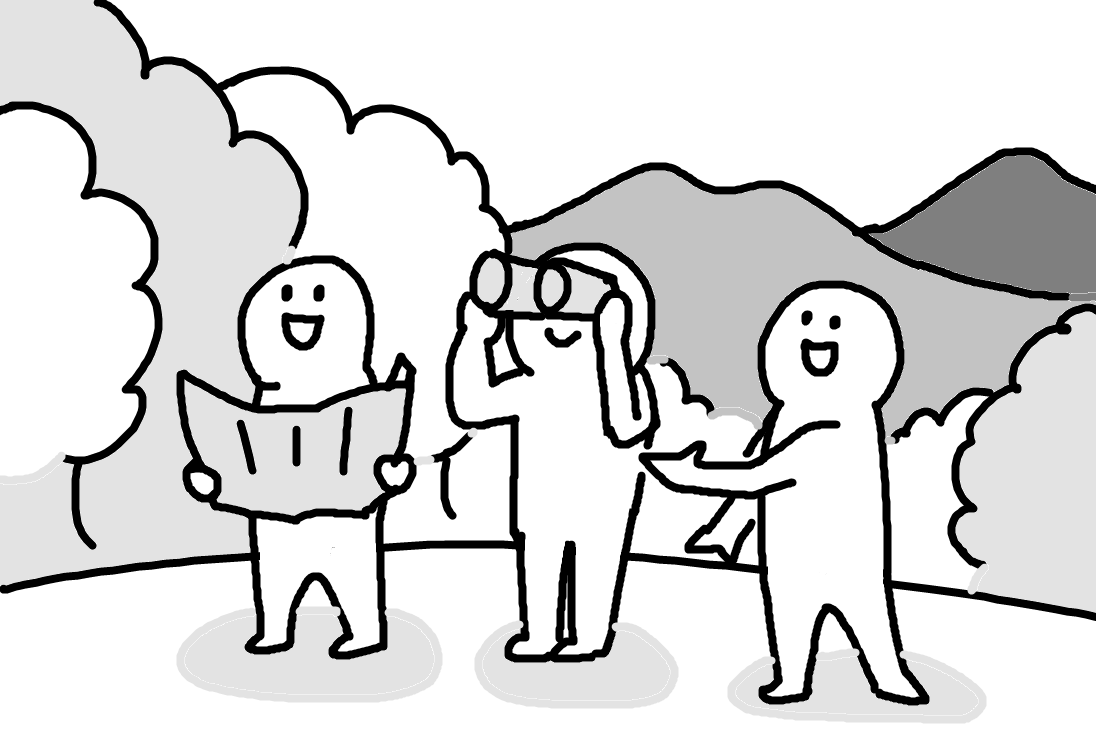 Each workshop will be capped to a maximum of 15 participants, so that everybody gets a chance to interact, listen and hear from others, and share their own experiences in an open and relaxed atmosphere.
Each workshop will be capped to a maximum of 15 participants, so that everybody gets a chance to interact, listen and hear from others, and share their own experiences in an open and relaxed atmosphere.Participants will incorporate:
- Researchers, educators, practitioners and postgraduate students with an interest in how to enhance values-based education in non-traditional learning modes.
- Teams of colleagues (each acting as local hosts) from:
- Hosei university (Tokyo)
- Wakayama University
- Hiroshima University
- Asia-Pacific Ritsumeikan University (Beppu)
- A team from Hokkaido University handling programming, administration, leadership at the walks, audio-visual logistics, and publications.
Submissions & dates
 The abstract submission is to be sent at least three (3) weeks ahead of the workshop in question to the following email address: tetowaco@elms.hokudai.ac.jp
The abstract submission is to be sent at least three (3) weeks ahead of the workshop in question to the following email address: tetowaco@elms.hokudai.ac.jpEmail title: Tetowawo2025[location]_abstract
Sapporo – Workshop date June 28 (Saturday) – Submission date June 13
Tokyo – Workshop date September 27 (Saturday) – Submission date September 6
Beppu – Workshop date November 2 (Sunday) – Submission date October 12
Wakayama – Workshop date
Hiroshima – Workshop date November 30 (Sunday) – Submission date November 9
Extended abstracts: once abstracts are accepted, extended abstracts will be requested.
Full Papers (optional): full papers should be submitted towards the end of November for inclusion in the proceedings.
Submission format
We encourage multimodal contributions, and participants may submit their abstracts in written, visual, or audiovisual form. Please refer to this PDF document for the corresponding format requirements.
Registration and payment on separate Peatix website when your abstract has been accepted.
Student price: 2,000 JPY (for one workshop)
Non-student price: 5,000 JPY (for one workshop)
* In principle, participants may take part in the hiking activity without presenting. However, should the number of workshop participants exceed 15, priority will be given to those who have submitted an abstract.
Hiking routes
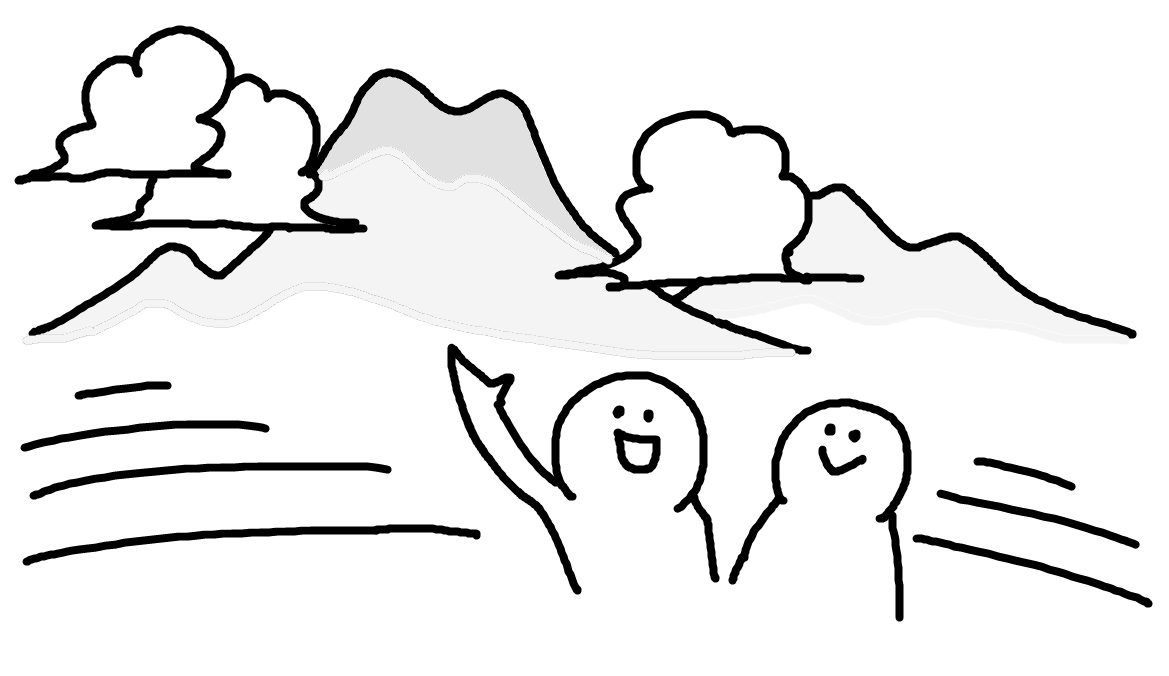
The meeting times and locations for Beppu, Wakayama, and Hiroshima have been announced. Please check below. (10/17)
Beppu Walkshop
🗓️ 9:00 AM, November 2, 2025
📍 Kitahama Park (north end), next to the Watertower artwork
Google Map
Wakayama Walkshop
🗓️ 9:00 AM, November 8, 2025
📍 Kishu Toshogu Shrine Torii
Google Map
Hiroshima Walkshop
🗓️ November 30, 2025
📍 By Ferry: Departing 8:45 AM from Mihara Ferry Terminal
Google Map
By Car: 9:20 AM start in Setoda, next to the Ferry Terminal
Google Map
Each walkshop offers a 6–8 hour immersive experience covering approximately 10–15 km through diverse terrains such as suburban streets, parks, riversides, and industrial areas. Along the way, participants will visit local businesses and NPOs to learn how communities and tourism can co-exist in mutually supportive ways. The day includes regular breaks, meals at local cafés and restaurants, and time for conversation and reflection—creating relaxed yet meaningful moments shared among likeminded participants.
*The day includes regular breaks, (self-funded) meals at local cafés and restaurants, and time for conversation and reflection—creating relaxed yet meaningful moments shared among likeminded participants.
Related events
In addition to TeToWaWo, our local partners are also hosting related events:
Saturday, November 29 - Sunday, November 30, 2025
Friday, October 31, 2025 - Monday, November 3, 2025
- RCC Cultural Center, Hiroshima
Saturday, November 29 - Sunday, November 30, 2025
- Ritsumeikan Asia Pacific University, Beppu
Friday, October 31, 2025 - Monday, November 3, 2025
Publication Opportunities
 Conference Proceedings
Conference ProceedingsA set of proceedings will be produced based on the outcomes from the walking workshops. See here for the proceedings from 2024.
Edited book
An edited book on the topic is in the making by Channel-View Publications (UK). Participants will be invited to this publication if their contributions meet the guidelines.
Tetowaco2024
Collaborators
These workshops are supported by JSPS KAKENHI Grant Number JP23K02542
Contact
- 8 Chome Kita 17 Jōnishi, Kita Ward, Sapporo, Hokkaido, Japan

